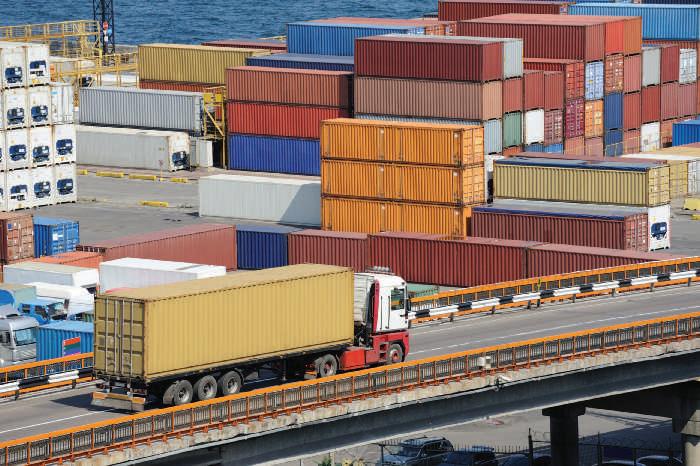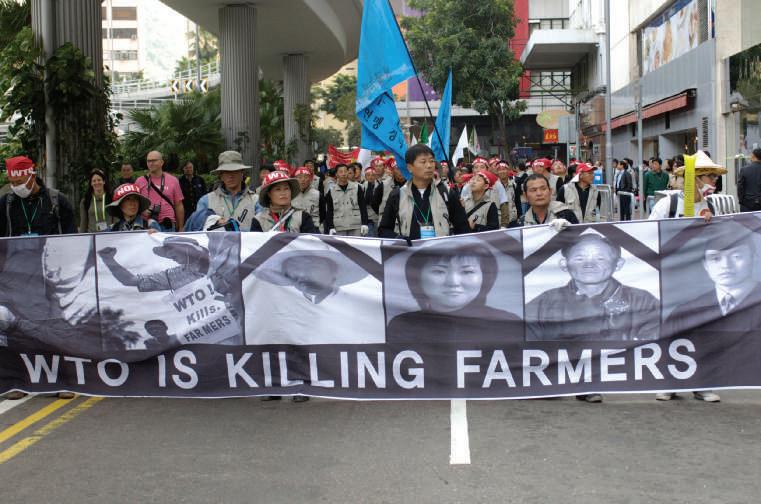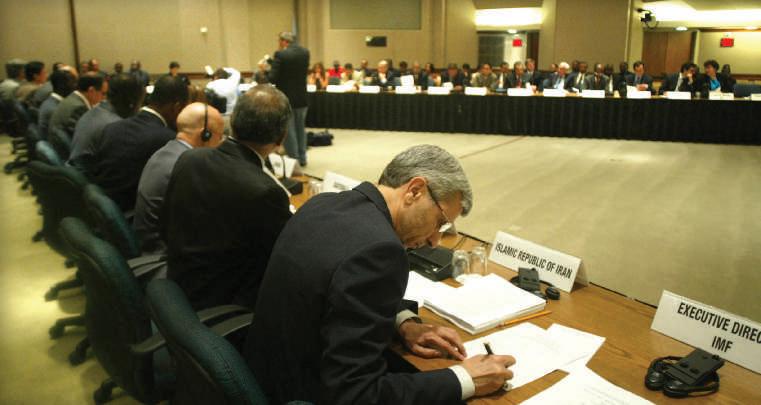26
C h a p t e r 1 T h e Ri s e o f G lo b a li z a t io n
Globalization has the potential to increase the quality of life for people; however, there cannot be a guarantee that quality of life for all people will increase or that all changes caused by globalization will be positive. Globalization does create winners and losers. For example, in the search for profits to maximize shareholder wealth, some multinational corporations may try to pay substandard wages to the workers they employ in developing countries. To prevent this from happening, developing countries could enforce regulations that would require multinational corporations to pay living wages that are fair by local standards. As an additional enforcement, export barriers could be imposed by the WTO on countries that do not comply with regulations.
1-7a Globalization’s Winners and Losers
iStockphoto.com/Lisafx
According to the World Bank, more than 400 million Chinese citizens have climbed out of poverty since the implementation of economic reforms that started in 1978 in their country. Since India’s initiation of economic reforms in 1991, that country has become a rapidly growing economy with a middle class approaching 300 million out of a total population of some 1.24 billion. Brazil has been flourishing as well, and recent economic growth successes in South Africa, Tanzania, and Nigeria show that Africa, too, may be poised for brighter economic prospects. A number of factors have affected economic growth, but they likely could not have occurred without globalization. In addition, closer participation with institutions such as the IMF, the World Bank, and the WTO has promoted civil liberties by proliferating information and increasing choices. While rapid growth in emerging market economies could lead to higher commodity prices, such price increases are a reflection that economic growth accelerates at a faster rate than the supply of resources, including crude oil and food. In examples such as this, supply will eventually catch up to demand and commodity prices will stabilize, perhaps at a higher level, thereby increasing the income levels of commodity exporters.
Globalization’s losers need support. A laid-off auto assembly worker being retrained for jobs in the promising solar energy sector.
Copyright 2017 Cengage Learning. All Rights Reserved. May not be copied, scanned, or duplicated, in whole or in part. Due to electronic rights, some third party content may be suppressed from the eBook and/or eChapter(s). Editorial review has deemed that any suppressed content does not materially affect the overall learning experience. Cengage Learning reserves the right to remove additional content at any time if subsequent rights restrictions require it.







































